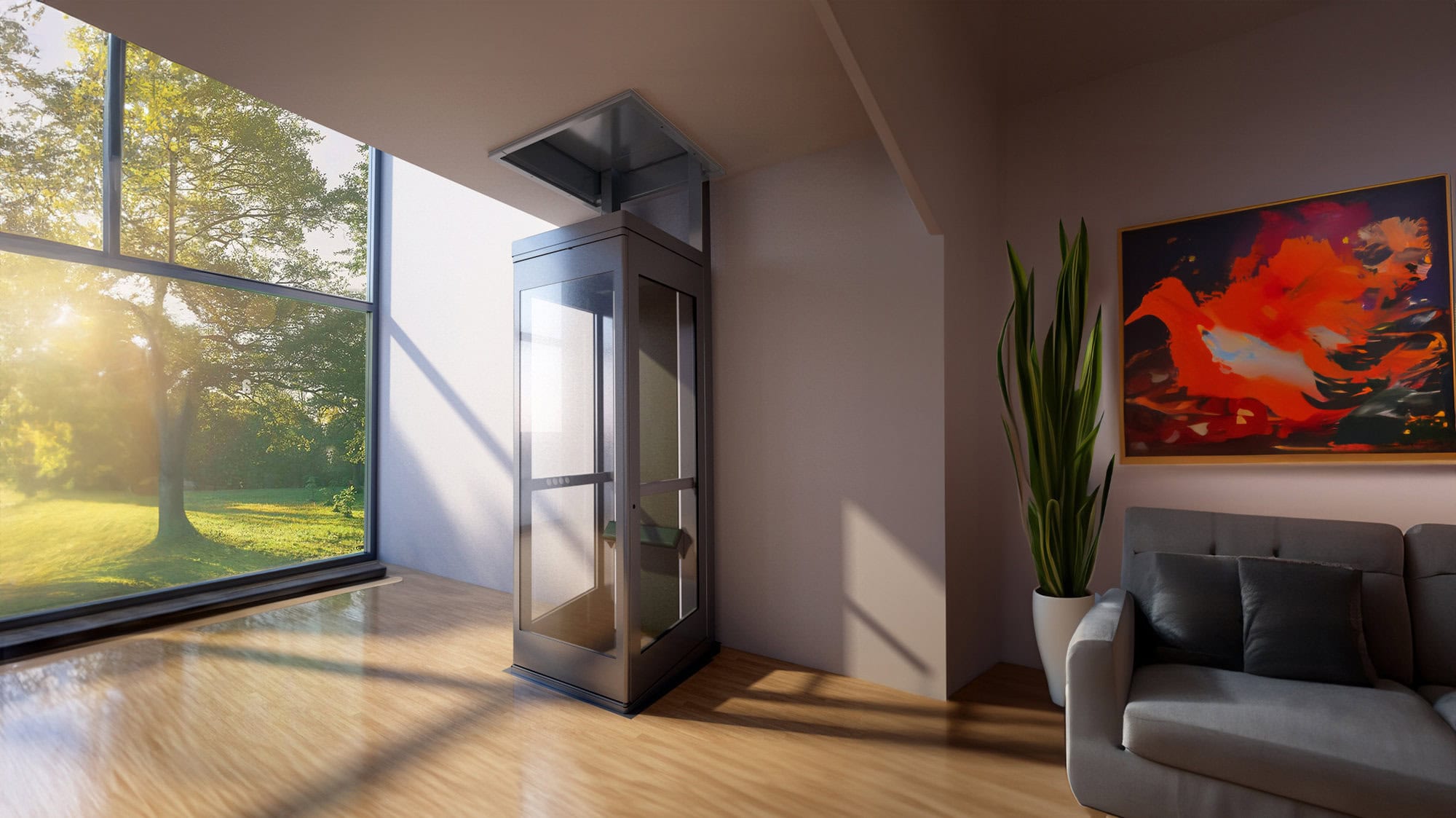We Maintain Lifts with Accuracy: Ensuring Security and Effectiveness
We Maintain Lifts with Accuracy: Ensuring Security and Effectiveness
Blog Article
Diving Into the Globe of Lifts: Typical Concerns Dealt With by Numerous Lift Mechanisms
As we navigate through the vertical transport systems of modern-day structures, elevators attract attention as an important part of our lives. However, behind their smooth operation lies a globe of elaborate systems that can occasionally encounter obstacles. From hydraulic elevators to traction systems and machine-room-less layouts, each lift type features its collection of typical concerns. Understanding these difficulties is essential for guaranteeing the smooth functioning of these crucial systems. Allow's check out the complexities that underlie the operation of elevators and the potential problems that can emerge, clarifying the complex internet of lift mechanisms.
Hydraulic Elevators
Hydraulic lifts, often favored for low-rise structures, make use of fluid pressure to regulate the motion of the lift auto (lift repair companies). This device includes a hydraulic pump pressing oil right into a cyndrical tube, creating the elevator to relocate the preferred direction. While hydraulic lifts are known for their silent and smooth operation, they do feature their very own collection of typical concerns
One common issue with hydraulic lifts is oil leak. Additionally, problems with the control system, such as malfunctioning shutoffs or a malfunctioning pump, can create disturbances in the elevator's movement.
Routine upkeep and punctual repairs are vital to make sure the smooth functioning of hydraulic lifts. By addressing these usual problems proactively, building owners can minimize downtime and ensure the safety and security and efficiency of their vertical transportation system.
Traction Lifts
When thinking about vertical transport systems in buildings, an additional common type apart from hydraulic elevators is the traction lift. Traction elevators run making use of a system of ropes and weights that relocate the elevator car by clutching onto the hoist ropes. This system permits smoother and quicker upright transport compared to hydraulic systems.
One of the typical concerns encountered by grip lifts is rope wear. The constant activity of the ropes within the grip system can cause deterioration over time, possibly triggering the elevator to malfunction or end up being risky for use. Routine assessments and upkeep of the ropes are important to guarantee the lift's correct performance and safety.
An additional problem that traction elevators might experience is connected to the control system. Troubles with the control system can result in issues such as irregular movement, hold-ups in feedback times, or perhaps full closures. Normal screening and maintenance of the control system are crucial to stop such problems and make sure the elevator's integrity.
Machine-Room-Less (MRL) Lifts

One of the vital parts of MRL elevators is the small gearless traction device that is set up within the hoistway. This machine effectively drives the lift cars and truck without the demand for large tools located in typical grip elevators. In addition, MRL elevators commonly utilize a counterweight system to balance the automobile, more boosting their energy performance.
Despite their advantages, MRL elevators might encounter obstacles connected to upkeep and fixing as a result of the confined area for equipment installation. Ease of access for servicing elements within the shaft can be restricted, calling for specialized training for specialists. Proper maintenance timetables and routine assessments are critical to ensure the ongoing smooth operation of MRL elevators.
Overloading and Weight Limit Issues
Overwhelming and weight restriction problems are crucial concerns in elevator operations. Elevator makers layout raises with particular weight capacities to ensure traveler security and tools longevity.
When elevators are overwhelmed, it places too much stress on the motor, cords, and various other components, possibly creating malfunctions or breakdowns. Safety and security mechanisms such as sensors and overload sensors are in location to avoid elevators from moving read this post here if they spot excess weight. Additionally, going beyond weight limitations can cause boosted power usage and damage on the lift system.
To mitigate overloading issues, building managers need to plainly display weight limits in elevators and educate occupants on the importance of sticking to these restrictions - lift repair companies. Routine maintenance checks by certified professionals can additionally help make certain that elevators are operating within secure weight parameters. By attending to overloading and weight limit issues proactively, structure proprietors can boost lift safety and efficiency
Electric System Failings
Exceeding weight limits in elevators can not just lead to mechanical issues however also possibly add to electrical system failures within the lift infrastructure. Electrical system failings are an important worry in elevator operation, as they can create unforeseen shutdowns, malfunctions, or even security risks.
Furthermore, power surges or variations in the electric supply can likewise disrupt the elevator's operation, influencing its efficiency and safety and security. These electrical disturbances can harm sensitive elevator elements such as control panels, circuit boards, or sensing units, causing system failures. Regular maintenance and evaluations are vital to identify and resolve possible electrical issues without delay, guaranteeing the secure and effective operation of elevator systems. By sticking to weight limitations and performing regular electric system checks, structure owners can alleviate the risk of electrical failings in elevators.
Conclusion

Hydraulic elevators, often preferred for low-rise buildings, use fluid stress to manage the motion of the lift vehicle.When considering upright transportation read this article systems in buildings, another typical kind aside from hydraulic elevators is the traction elevator. Grip lifts operate making use of a system of ropes and counterweights that relocate the lift cars and truck by clutching onto the hoist ropes. Unlike standard elevators that need a separate maker room to house the tools, MRL lifts incorporate most of the parts within the shaft, removing the demand for a dedicated equipment space.In conclusion, lifts deal with common concerns such as hydraulic malfunctions, traction system failures, and electrical system troubles.
Report this page